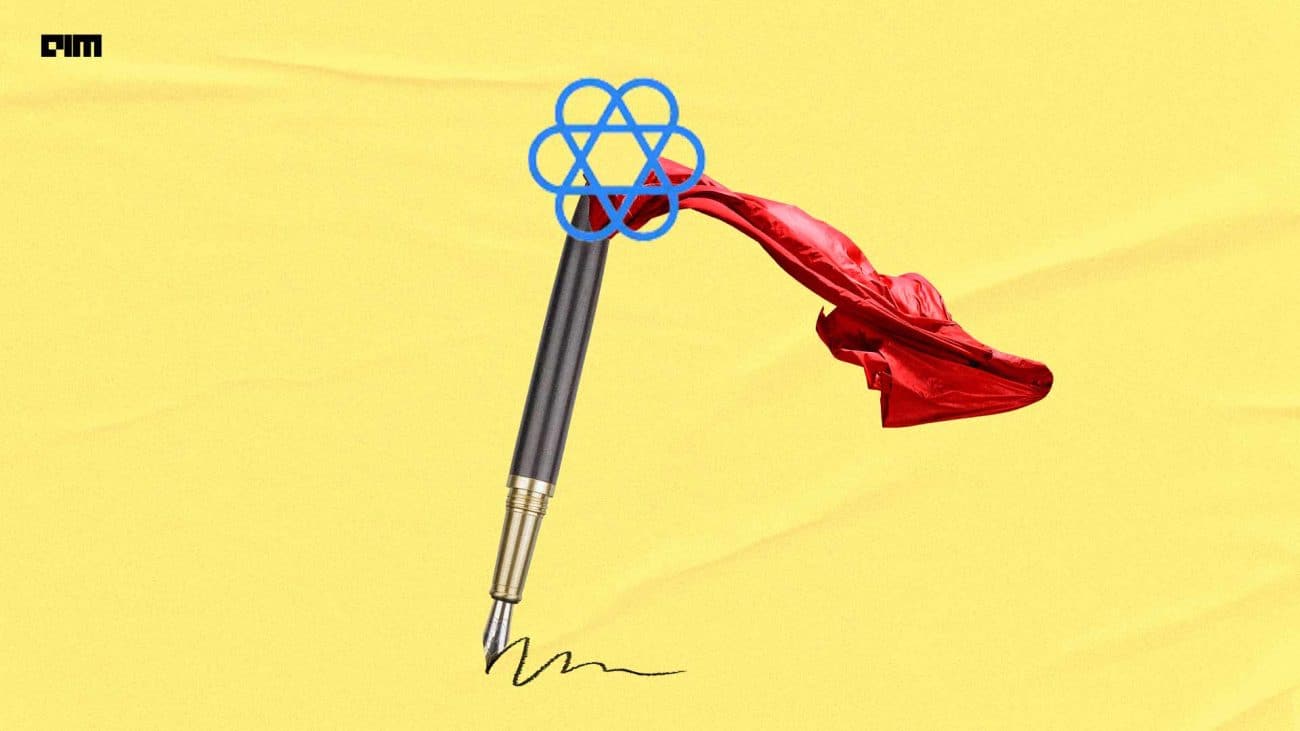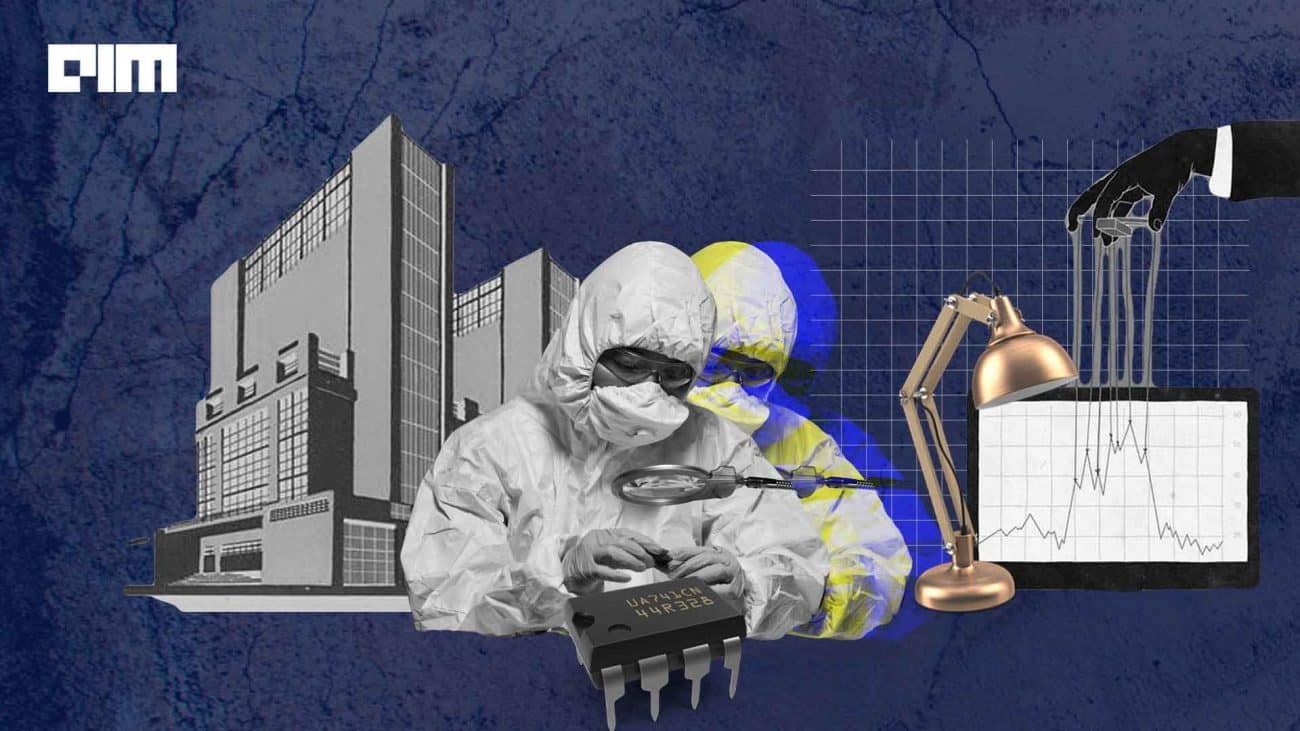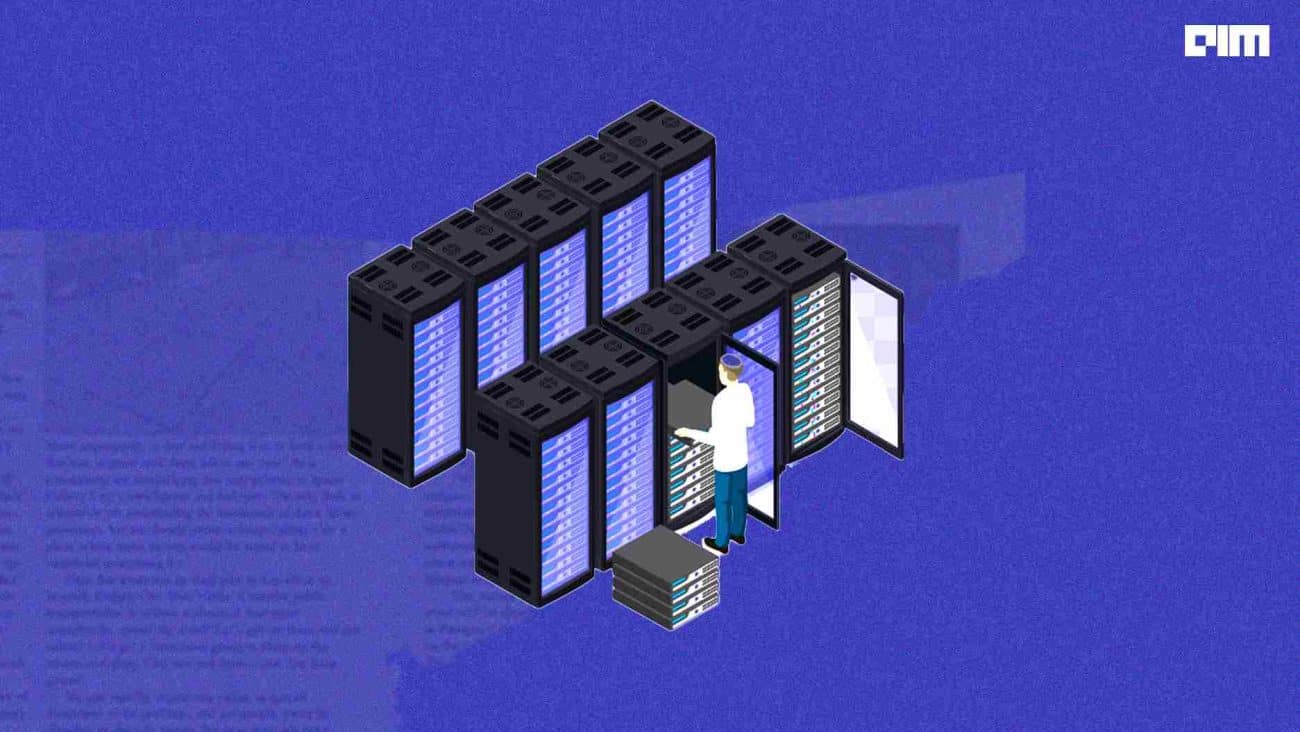|
Listen to this story
|
Demand forecasting helps an organisation understand and predict customer demand and assist in making critical supply decisions to optimise business outcomes.
False predictions could lead to inventory issues, disrupt supply relationships, poor cash management and increase costs. Hence, improving business’s forecasting model should be a priority.
Success and failure
Demand forecasting is an important aspect of businesses. Therefore, investing in or adopting the right forecasting model is critical. In 2001, Nike invested in a demand-planning software. However, due to inadequate testing, the forecast was not accurate. It cost Nike around USD 100 million in sales as there was an oversupply of low-selling shoes and not enough stock of the popular Air Jordans.
On the other hand, IKEA’s forecasting methodology has helped its business flourish. At IKEA, the logistics manager accurately forecasts sales for the next couple of days and orders products to meet the expected demand based on point-of-sale (POS) and warehouse management system data. If the manager sees a mismatch, he/she manually counts the products in stock.
While IKEA has successfully managed to forecast demand and sales, not all businesses can afford to use the same methodology; hence, it is pivotal to invest in modern demand forecasting techniques.
Why some predictions fail
No demand forecasting method will get the forecast precisely right every single time. The demand volatility could result from various internal and external factors such as product prices, promotions, weather conditions or even a social media post by an influencer.
It is important to accept that there will always be an element of uncertainty associated with every forecast. Take pandemic for example. No forecasting method could have predicted the pandemic and the disruption on demand and supply.
Further, organisations should also find out why their forecast was not accurate. It could be because of the wrong or overly sensitive metrics. It is equally important to benchmark actual result against the forecast and constantly analysing the root causes attributing to the prediction error. This helps to improve the forecasting model overtime.
Developing a robust demand forecasting process
For a forecasting process to be robust, the first and foremost pre-requisite is to have the right data. A faulty data set could result in false predictions, which will impact an organisation’s sales and profitability. A greater emphasis should go into having the right data strategy. Amazon’s success story would not have been possible without having a data strategy in place. The data strategy should also be in line with the company’s goals. It should prioritise making the data representative of the company’s goals or what it is trying to achieve through the demand forecasts.
Second is the scale. Nowadays organizations produce massive amount of data within a very short span of time. 80-90% of this data is unstructured, 70-75% of it are unused (according to the CIO and the Forrester research respectively). The forecasts are often required at a very granular level to align with the broader organizational objectives. For an example, an industrial equipment manufacturer will be interested in forecasting demand for a special purpose pump for a certain area to determine the raw material demand in the nearby plant. The manufacturer may sell thousands of products across and beyond the country that will require 100,000 plus ML models to run to generate the end outcome. This calls for massive computing power and ability to parallel processing. The advancement of cloud technologies combined with big data services, helps the organizations to solve for scalability element.
Also, it is highly important to adopt new and modern forecasting processes and technologies. For example, automating through machine learning (ML) helped mobility as a service provider Uber to predict dynamic fare for millions of customers across multiple markets. Predicting demand and prices real time for a large-scale company such as Uber is never easy. Hence, it was paramount for Uber to invest in the right processes and technologies.
The future of demand forecasting
Amazon began its demand forecasting journey with ML more than 10 years ago. According to Forrester, 55 percent of organisations are going to invest in artificial intelligence over the next two years. The AI and ML-based applications leverage data to make predictions. The dimension reduction, cross validation and grid search mechanism enable the algorithm to adjust the features and parameters that optimize the model and minimize the errors. MLOps services along with Kubernetes, TensorFlow, docker container technologies ensure smooth deployment, automation and maintenance of the models resulting the AI/ML driven demand forecasting on cloud scalable and quick.
Today, more and more organisations are moving towards a next-gen demand forecasting solution. In a survey carried out by Gartner, 45 percent of the respondents said they are already using technology for demand forecasting. Around 43 percent of them plan to use AI-powered demand forecasting within the next two years.
Conclusion
The benefits of using AI and ML-based demand forecasting methods are manifold. According to Mckinsey, forecasting demand with the help of AI-based methods can reduce errors by 30 to 50 percent in supply chain networks.
Adopting these methodologies could help organisations make accurate forecasts at all levels. Moreover, AI can even factor in external elements that might impact the demand. This is highly beneficial. Also, it saves a lot of time and resources compared to manual processes. The bottom line is that next-gen AI and ML-driven demand forecasting will be at the heart of operations for most organisations.
This article is written by a member of the AIM Leaders Council. AIM Leaders Council is an invitation-only forum of senior executives in the Data Science and Analytics industry. To check if you are eligible for a membership, please fill out the form here.












































































